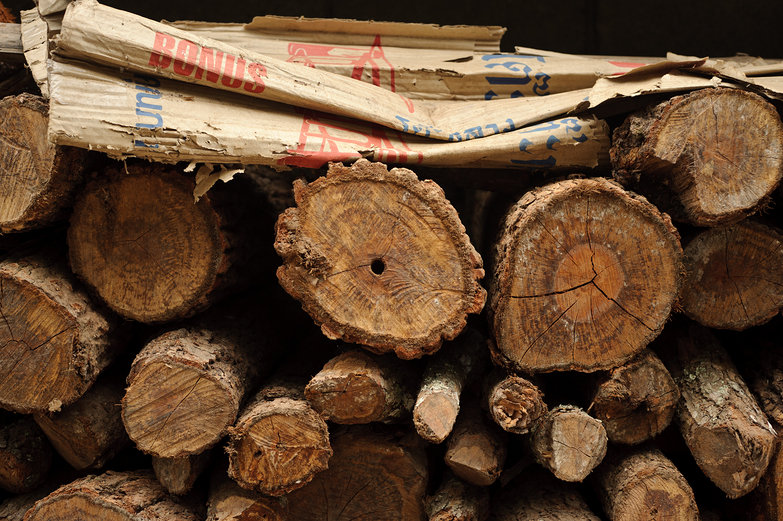With a twinge of nervousness akin to the moment we purchased our tickets to Scotland, we've declared a moving date. On April 1st, 2013 (exactly four years after we began our round-the-world bicycle tour), we'll bid our friends and families in the Midwest farewell, setting course for our homestead-to-be in the tiny town of Arlington, Vermont. We can hardly wait to move to the woods!
In the meantime, besides working to pay off the land, we'll be getting more serious about planning our Vermont project. Below, we've compiled a short list of issues which we need to learn and make decisions about. I have no doubt that more will crop up as we get underway, but this seems like the bare minimum to get started.
Shelter:
Canvas Tent or Mini-Cabin
We're going to need some kind of shelter while we build our house. We could use a free, high-quality canvas tent from my brother-in-law, Paul, or we could try to build a small cabin with trees from our land. The tent would certainly be easier, but would we be able to survive a Vermont winter in it with wood stove heating?
Platform
If we go the tent route, we'll need to build a platform. We're thinking we might do this in the woods at my mother's place this spring, using the free tent from Paul. Tara wants a platform high enough to require stairs, enabling wood storage below.
Fence
We'll need something to keep the critters out. If we build a platform high enough, maybe a fence won't be necessary?

Keeping Warm:
Wood Stove
We'll need to keep warm in the fall and winter. As our temporary home will probably be less than 200 square feet, something small should suffice. Tara wants a Vermont Bun Baker, but it will put out far too much heat for our small tent space. Maybe something like this?
Chainsaw
We need a chainsaw and associated tools for cutting wood on an ongoing basis. I'm thinking a STIHL MS 362 C-S would be a good choice. It's a pretty expensive piece of kit, and it might be overkill for our needs, but I'm not sure. There is an outdoor supply shop in town that has them in stock, so we are going to check that out relatively soon.
Sheltered Woodpile
We need to have a dry place to cure and store our wood. If we cut down trees next spring when we move will they be dry enough to use by winter? If not, will we have to go out early to do some work before our official move date?

Keeping Clean / Sanitation
Toilet
I did a lot of research about septic systems before we bought our land. This could potentially be a several thousand dollar project, assuming we decide to follow local regulations. I'm sort of pretending this problem doesn't exist until the land is paid for. In the meantime, we'll have to build an outhouse or rent a port-a-potty?
Bathing
Tara thinks we'll be fine with water heated on the stove, a basin to stand in, a sponge, and a pitcher to pour water on our heads. Her rustic idea is probably a good one, but it might be worth trying to work out a once-a-week deal with a nearby motel?

Transportation / Hauling
Truck
We'll need something to plow our driveway and haul wood/building supplies. I want something easy to fix that gets relatively good gas milage. Maybe an early '80s Toyota Hilux?
Vehicle Shelter
I'd like to have some sort of structure to put our car and truck in. Maybe a Garage-in-a-Box?

Food & Water
Electricity
Our well is run by electricity, so we're not going to be completely off-grid initially. In order to get water, and to keep our laptops charged so I can work, we'll start out with a small agricultural electric pole. Hopefully our friends Mark and Sue can help with this (Mark is an electrician).
Propane Cook Stove
In the winter we'll be cooking on a woodstove, but in the summertime, we'll probably use a propane cook stove. It's not sustainable, but it's a start. We'll also be experimenting with cooking outside on campfire.

If past experience is any guide, we will be looking back and laughing at this list someday. It all seems serious now, but I have no doubt some of it will eventually look as ridiculous as making a list including things like "hit up an ATM" and "buy groceries" (as if we'd forget to eat or take out money if we didn't write it down). We've got to start somewhere, though!
10 Acres in Vermont